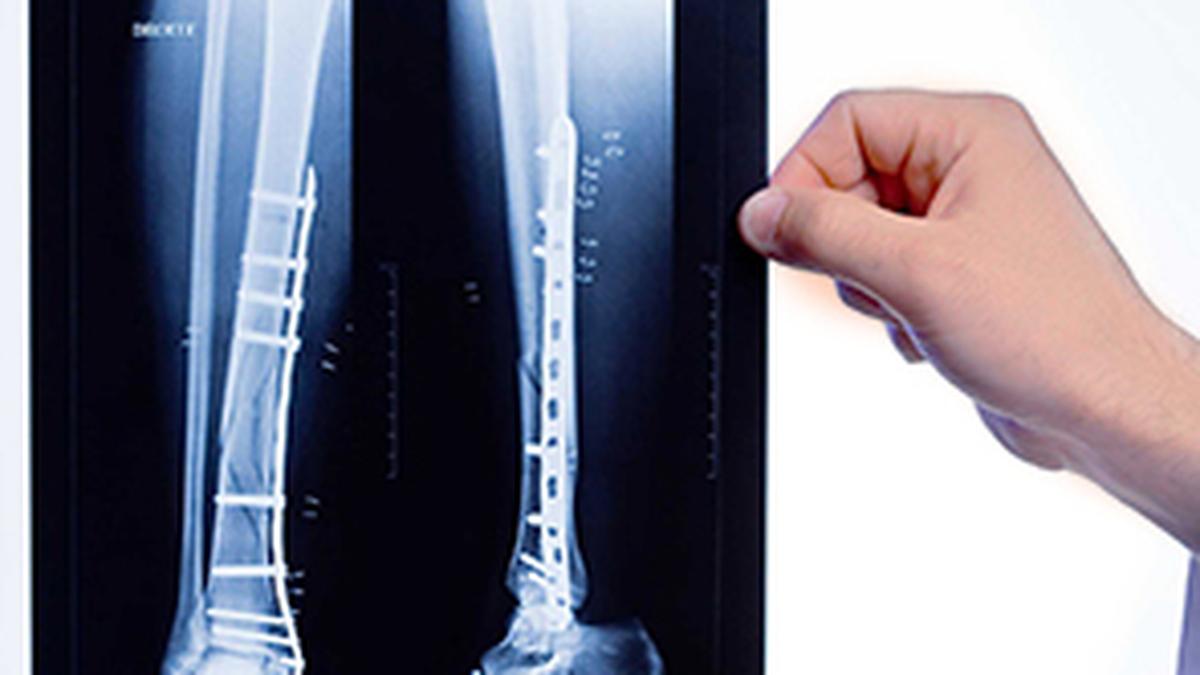
Bone age, a measure of skeletal maturity, plays a crucial role in pediatric healthcare, legal decisions involving minors, and age-based sports competitions. Unlike chronological age—which is the actual number of years since birth—bone age is determined by analyzing how far the bones have developed, often through wrist X-rays.
In June 2025, the Board of Control for Cricket in India (BCCI) updated its Age Verification Programme, introducing a second bone-age test for junior cricketers who exceed age thresholds in the first test. Using the TW3 method, boys under 16 and girls under 15 are screened for skeletal age. The cutoffs are 16.4 years for boys and 14.9 years for girls. If a player exceeds the limit, a second test offers a chance to revalidate eligibility—accounting for natural biological variation.
Age fraud has been a persistent issue in Indian sports, with forged documents often used to manipulate age. In response, the BCCI now uses BoneXpert software to assess skeletal maturity, ensuring fairness in age-restricted categories. Still, experts caution against equating every mismatch between skeletal and declared age with cheating. Children develop at different rates—some hit puberty earlier or later than peers. For example, a 13-year-old entering puberty early may have a bone age of 15 without any wrongdoing.
Hence, clinical judgment remains key in interpreting results, recognizing that bone age is just one piece of the puzzle.
Overview
Mission: To provide timely, in-depth analysis and reporting on digital policy, tech adoption, and the impact of transformation on citizens and businesses.
Focus Areas: Digital governance (e‑services, e‑payment systems like UPI), FinTech, cyber‑security, digital identity (Aadhaar), digital literacy, Internet of Things, AI, and rural connectivity initiatives.
Audience: Policymakers, tech leaders, entrepreneurs, academics, and citizens interested in India’s digital future.
Under Srinivas G. Roopi’s leadership, Digital India Times offers a trusted window into the breakthroughs and challenges of India’s digital revolution—staying true to its tagline by continuously tracking the transformation reshaping the country.
Copyright ©2025 Digital IndiaTimes. All Rights Reserved
Designed and Developed by Galaxy Tech Solutions